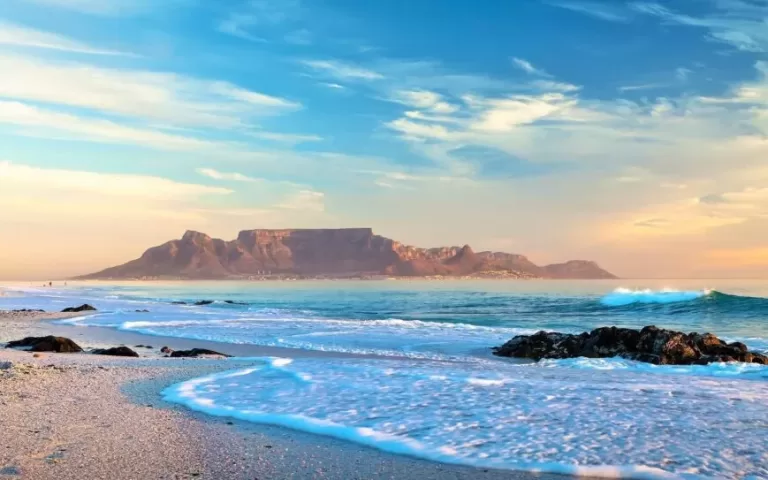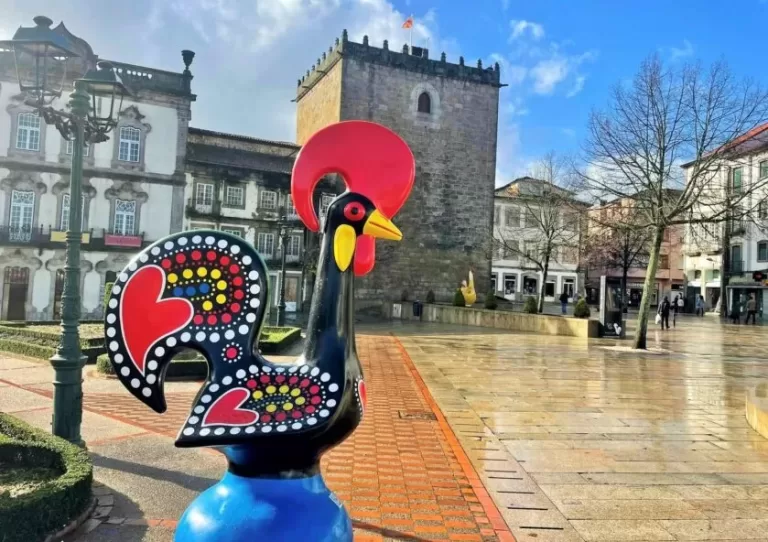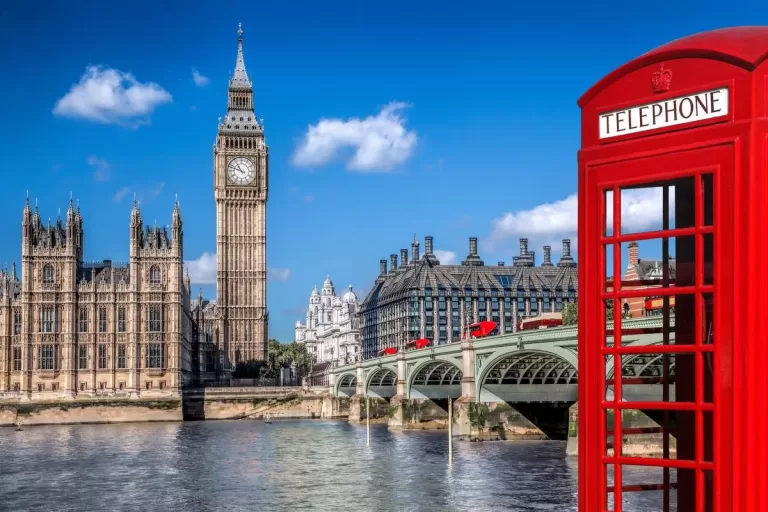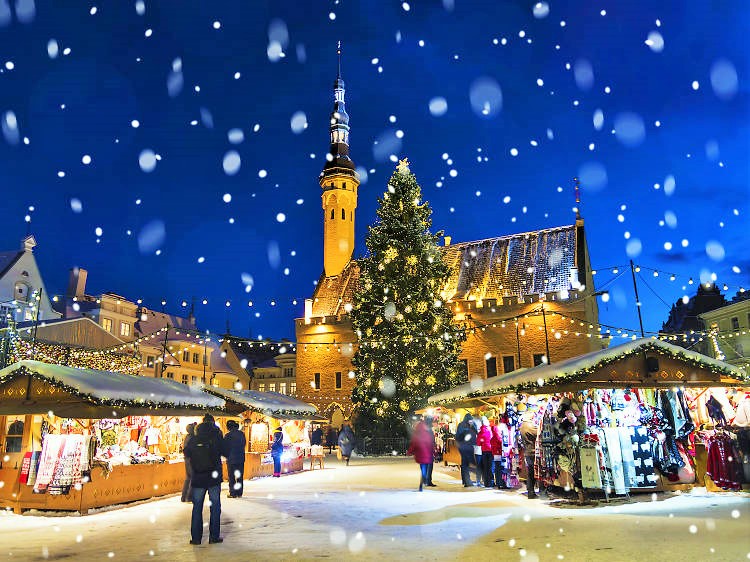Exploring the Champagne Region
Table of Contents
ToggleNestled in the picturesque landscapes of France, lies a region that sparkles with sophistication and effervescence - the enchanting French Champagne region.
To celebrate a good friends 50th, we were invited to Champagne. The location had been on her bucket list for a while and it was a good excuse to get the friends together and celebrate in style! She hired a villa in the town of Chavot Courcort which had amazing views over rolling hills and vineyards, ideally located close to the towns of Reims and Epernay.
Being based in Portugal we had two options. Spend 17hours (each way) on the road traveling by car, or fly to Paris and hire a car. Not really being one for long tedious road trips, I opted for the road trip as it allowed us to visit a second destination on our return – Bordeaux!
Here is some information, tips and highlights from our time spent in the Champagne region:
The History and Heritage of the Champagne Region
Champagne has a long and storied history dating back to Roman times when the region was known for its vineyards. The Romans planted vineyards in the area and developed techniques for winemaking, laying the foundation for Champagne’s viticultural tradition.
During the Middle Ages, monasteries played a significant role in the development of Champagne wine. Monks like Dom Perignon in monasteries such as Hautvillers and Abbey of Saint-Pierre d’Hautvillers refined winemaking techniques, including the process of secondary fermentation, which is crucial for producing sparkling wine.
Champagne gained popularity among the French nobility and royalty in the 17th and 18th centuries. Kings such as Louis XIV and Louis XV were known to be fond of Champagne, contributing to its prestige and demand.
The regions reputation as a producer of sparkling wine grew steadily over the centuries. The method for producing sparkling wine, known as the traditional method or méthode champenoise, was refined and perfected in the Champagne region. This method involves a secondary fermentation in the bottle, which creates the bubbles characteristic of Champagne.
By the 19th century, Champagne had gained international recognition as a luxury beverage. Champagne houses such as Moët & Chandon, Veuve Clicquot, and Ruinart emerged during this period, producing high-quality Champagne for a global market.
In the 20th century, Champagne became one of the first wine regions in the world to receive protected designation of origin (PDO) status, ensuring that only sparkling wine produced in the Champagne region of France can legally be called “Champagne.”
The Terrior – A Symphony of Soil and Climate
The terroir (eco-system), a concept deeply rooted in winemaking, encompasses the intricate interplay between soil composition and climate conditions. In the French Champagne region, this symphony of soil and climate produces unique characteristics in the grapes grown there. The chalky soil, coupled with the cool climate, imparts a distinctive minerality and vibrant acidity to the renowned Chardonnay, Pinot Noir, and Pinot Meunier grapes cultivated in the region.
Winemakers in the French Champagne region meticulously tend to their vineyards, understanding that the terroir is not just about the physical attributes of the land but also the essence of a place. The nuanced expressions of the wines from this region reflect the harmonious relationship between the soil and climate, resulting in exquisite sparkling wines that capture the essence of terroir in every sip.
Champagne Cultivars – The Grapes Behind the Bubbles
When diving into the world of Champagne, one cannot overlook the significance of grape varietals that contribute to its unique flavors. Chardonnay, Pinot Noir, and Pinot Meunier are the primary grapes behind the bubbles in this prestigious French region. Each varietal brings its own distinct characteristics to the renowned sparkling wine.
Chardonnay, known for its elegance, contributes freshness and finesse to Champagne. Pinot Noir adds structure and depth with its fruity and robust profile, while Pinot Meunier offers a soft, fruity flavour enhancing the blend. Understanding these varietals is crucial in appreciating the complexity and diversity found in the exquisite Champagnes crafted in the region.
Méthode Champenoise – Crafting Sparkling Perfection
Méthode Champenoise is the traditional method used in the French Champagne region to craft exquisite sparkling wines. This labor-intensive process involves a secondary fermentation that occurs directly in the bottle, creating the fine bubbles and complex flavors synonymous with Champagne.
Winemakers carefully select the perfect blend of Chardonnay, Pinot Noir, and Pinot Meunier grapes to achieve the desired balance of acidity, fruitiness, and aroma. The meticulous attention to detail and strict regulations ensure that each bottle of Champagne produced is of the highest quality, making it a symbol of celebration and luxury worldwide.
Places to visit in the Champagne Region
Reims and Épernay
These two cities are the main hubs of the Champagne region. Reims is home to several prestigious Champagne houses such as Veuve Clicquot, Krug, and Taittinger.
Épernay is known for its Avenue de Champagne, lined with grand Champagne houses like Moët & Chandon and Dom Pérignon.
Champagne Houses
Visiting Champagne houses is a must when exploring the region. Many offer guided tours of their cellars, where you can learn about the Champagne-making process and sample some of their finest products. We visited the Mercier Champaign house. For €30pp it included a fascinating train ride in their 18km long underground cellar, an informative media presentation on the history of the brand, and finishing off with a tasting of three champagnes.
Tastings in the Champagne Houses on the “Place de Champagne” avenue start at around €15 upward, usually two or three champagnes or at around €6 per glass. We found the Vollereaux Celler Tour and Tasting great value for money at €17.
Vineyards and Vineyard Tours
The Champagne region is dotted with picturesque vineyards, which are a sight to behold, especially during the harvest season. Many vineyards offer guided tours, allowing visitors to learn about the unique terroir of the region.
Cathedral of Reims
This stunning Gothic cathedral is a UNESCO World Heritage site and a must-visit for history and architecture enthusiasts. It played a significant role in French history, hosting the coronation of many French kings.
Festivals and Events
The region hosts various events throughout the year, including the famous Fêtes Henri IV in Épernay and the Habits de Lumières in Reims. These events offer a fantastic opportunity to immerse yourself in the local culture and celebrate the art of Champagne-making.
























